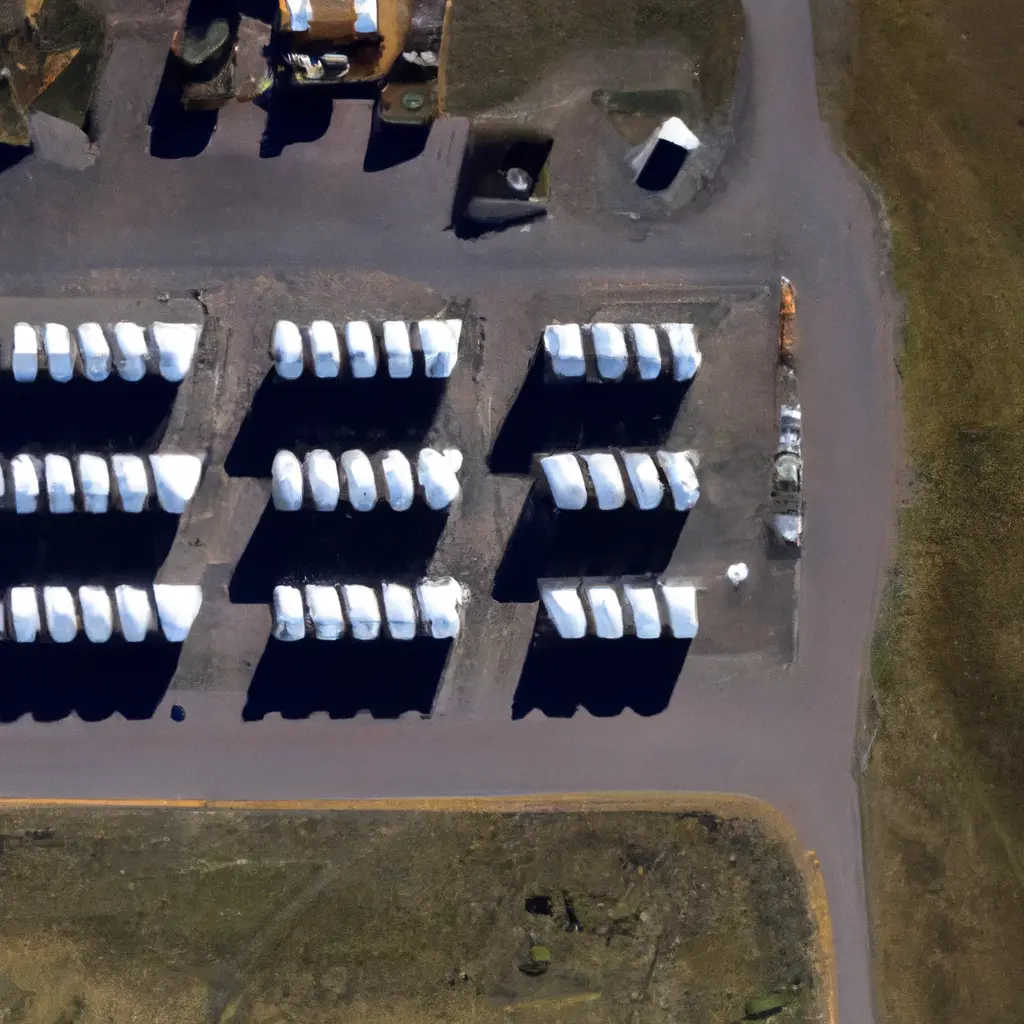Chinese bitcoin mines in the U.S. are subject to national security scrutiny

When a Chinese-origin company began building a cryptomining facility in Cheyenne, Wyoming, last year, Microsoft's national security threat assessment team raised the alarm. The location was next to a Microsoft data center that served the Pentagon and a mile from an Air Force military base that controls nuclear-capable intercontinental ballistic missiles.
The location could allow the Chinese to "conduct full-spectrum intelligence-gathering operations," the Microsoft team wrote in an August 2022 report to the Committee on Foreign Investment in the United States, the federal agency that oversees threats from foreign investors.
Microsoft's warning has not gone unnoticed. U.S. government officials, speaking on condition of anonymity, told The New York Times last week that they had been monitoring the Wyoming facility for months. One official said steps had been taken to mitigate possible intelligence gathering, but declined to elaborate. In addition, the mining company said it has responded to inquiries from a federal investment committee.
The national security concerns about the Wyoming mining venture, previously unreported, reflect broader anxiety about the surge of Chinese bitcoin mines across the country.
Besides intelligence concerns, the mines, which are large warehouses or containers filled with specialized computers, put enormous pressure on power grids. The computers typically work around the clock "mining" digital coins, most popular among various cryptocurrencies.
Brian Harrell, a former assistant secretary of state for infrastructure protection during the Trump administration, said the miners' actions could put "tremendous stress" on the power grid if they acted together to cause damage. Targeted blackouts and cyberattacks are possible.
If "China's infrastructure is affecting key energy systems," Mr. Harrell said, "it should immediately attract additional investigation and attention.

In at least 12 states, including Arkansas, Ohio, Oklahoma, Tennessee, Texas and Wyoming, The Times identified Chinese-owned or operated bitcoin mines collectively consuming as much energy as 1.5 million homes. At full load, the mine in Cheyenne, Wyoming, alone would require enough electricity to supply 55,000 homes.
Many mines are equipped with computers manufactured by Bitmain, which import records show shipped some shipments to the United States through a subsidiary located at a Communist Party facility in southern China.
Since bitcoin mining was banned in China in May 2021 due to concerns over energy consumption and economic destabilization, Bitmain has shipped 15 times more equipment to the U.S. than it did in the previous five years, records show. In a recent presentation, the company claimed to control 90 percent of the global market for equipment specifically designed for bitcoin mining.
Some U.S. mining ventures appear to be direct attempts by wealthy Chinese citizens to make money off the radar of Chinese authorities. In other cases, ownership is unclear, while a few can be traced back to the Chinese government.
Court documents show the Cheyenne mine is linked to five companies, all using the same office on Park Avenue in Manhattan. One is registered in the Cayman Islands and until last year was Chinese pork. The Times found no links between the owners of the Cheyenne mine and the Chinese government or the Communist Party.
"Microsoft has no direct indication of malicious activity by this organization," Microsoft said in a 16-page report. "However, pending further research, we suggest the possibility that the processing power of an industrial mining facility combined with the presence of an unknown number of Chinese nationals in close proximity to a Microsoft Data Center and one of three strategic ballistic missile bases in the United States poses significant threats. "
Comment
Popular Posts
Popular Offers


Subscribe to the newsletter from Hatamatata.com!
Subscribe to the newsletter from Hatamatata.com!
I agree to the processing of personal data and confidentiality rules of Hatamatata










